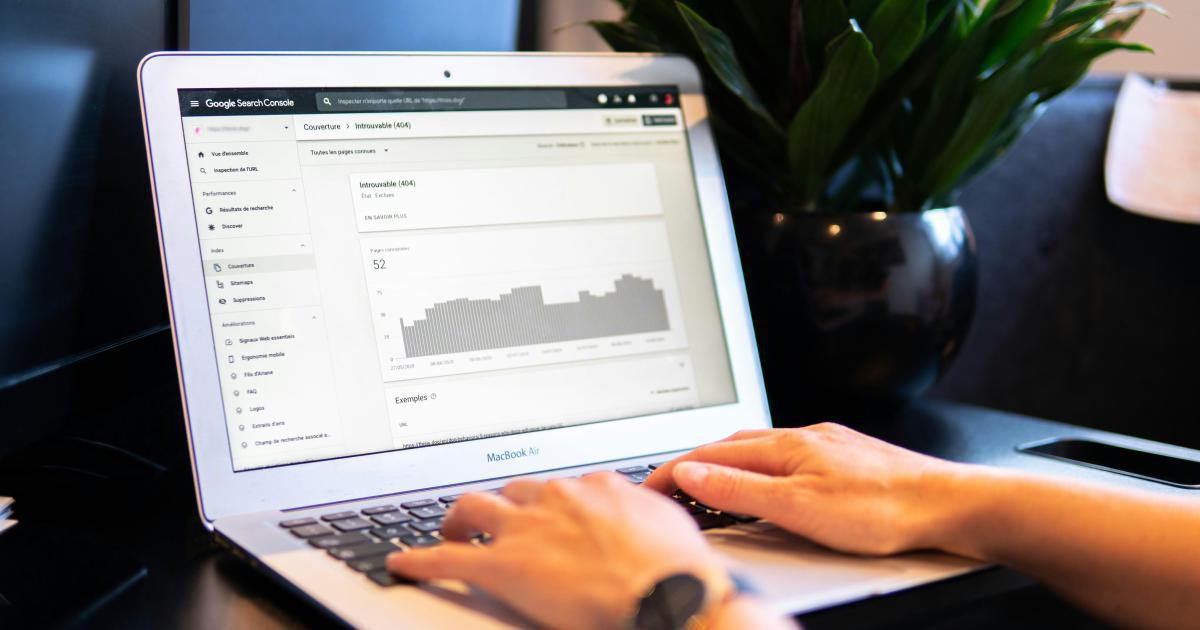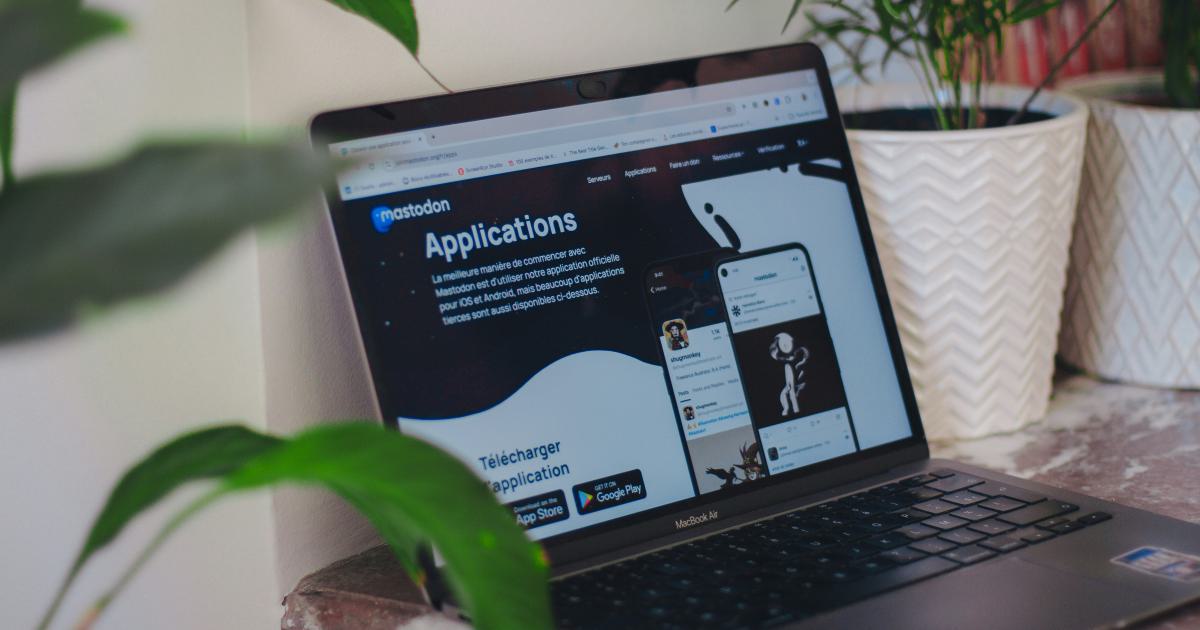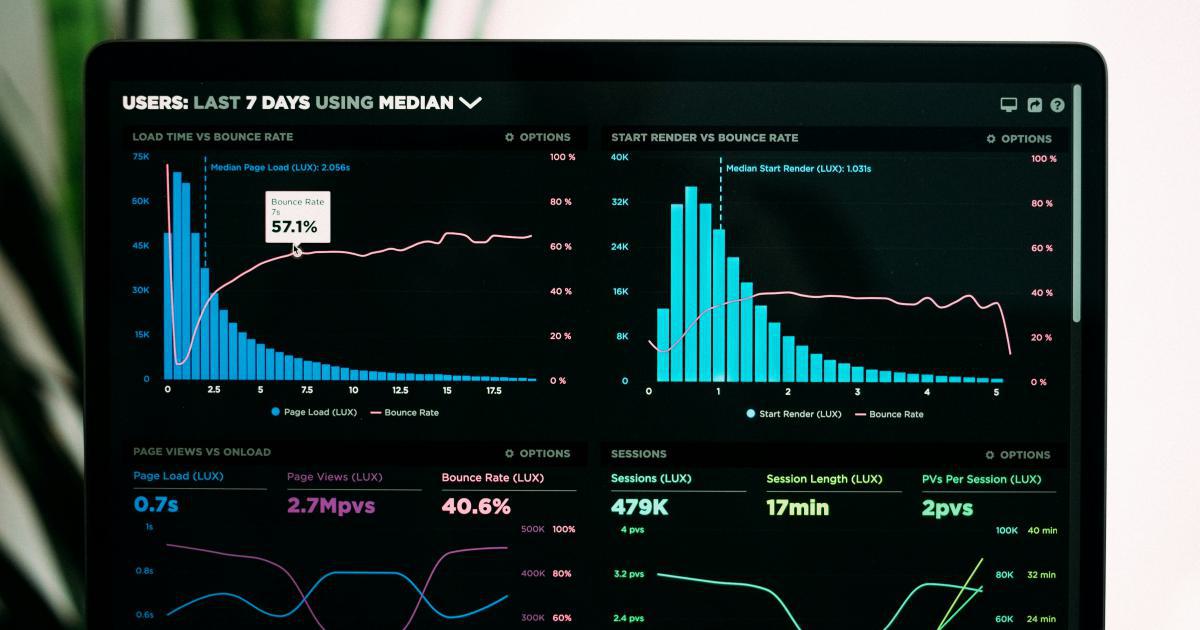Unraveling the Mysteries of Pageviews Per Session


The Enigma of Pageviews Per Session
Have you ever found yourself staring at your website's analytics, puzzled by the seemingly elusive metric of pageviews per session? It's a figure that can hold the key to unlocking a deeper understanding of your audience's behavior, but its true meaning can often be shrouded in mystery.

As a digital marketer or website owner, you're likely well-versed in the importance of tracking and analyzing your website's performance. Metrics like total pageviews, unique visitors, and bounce rate can provide valuable insights into how users interact with your content. But pageviews per session – the average number of pages a user views during a single visit – can be a particularly intriguing and complex data point.
In this article, we'll embark on a journey to unravel the mysteries of pageviews per session, exploring its significance, uncovering the factors that influence it, and discovering how to leverage this metric to enhance your overall digital strategy.
Understanding Pageviews Per Session
At its core, pageviews per session is a measure of user engagement. It represents the average number of pages a visitor views during a single visit to your website. This metric can provide valuable insights into the depth of your users' interactions, their level of interest in your content, and the overall effectiveness of your site's navigation and content structure.
The Anatomy of a Session
Before we dive deeper into pageviews per session, it's essential to understand the concept of a "session." A session is generally defined as a continuous period of user activity on your website, starting when a user arrives and ending when the user leaves or the session times out.

The length of a session can vary depending on the user's behavior, the website's design, and the platform they're using to access the site. Sessions can be as short as a few seconds or as long as several hours, depending on the user's intentions and the type of content they're consuming.
Calculating Pageviews Per Session
Pageviews per session is calculated by dividing the total number of pageviews by the total number of sessions. This ratio provides an average that reflects the depth of user engagement on your website.
For example, if your website had 10,000 total pageviews and 2,500 total sessions, the pageviews per session would be:
10,000 total pageviews / 2,500 total sessions = 4 pageviews per session
This means that, on average, each user viewed 4 pages during their visit to your website.
The Importance of Pageviews Per Session
Pageviews per session is a valuable metric for several reasons:
Engagement Insights: This metric can help you understand how deeply your users are engaging with your content and website. A higher pageviews per session indicates that users are exploring your site more thoroughly, which can suggest a stronger interest in your offerings.
Navigation and Content Effectiveness: Pageviews per session can shed light on the effectiveness of your website's navigation and the relevance of your content. If users are consistently viewing only a few pages per session, it may indicate that your site's structure or content is not effectively guiding them to explore further.
Conversion Optimization: By understanding the pageviews per session for different user segments or content types, you can identify opportunities to optimize your website for higher engagement and, ultimately, better conversion rates.
Benchmarking and Competitive Analysis: Comparing your pageviews per session to industry benchmarks or your competitors can help you assess your website's performance and identify areas for improvement.
Factors Influencing Pageviews Per Session
Pageviews per session is not a static metric; it can be influenced by a variety of factors, both within and outside your control. Understanding these factors can help you make informed decisions to improve user engagement and drive better overall performance.
User Intent and Motivation
The primary driver of pageviews per session is the user's intent and motivation for visiting your website. Users with a specific goal or purpose in mind, such as researching a product or seeking information, may view more pages per session than those who are simply browsing or exploring.

For example, a user visiting a news website to read a specific article may view fewer pages per session than a user researching a complex topic and exploring related content across multiple pages.
Content Relevance and Organization
The relevance and organization of your website's content can also significantly impact pageviews per session. If your content is well-structured, easy to navigate, and tailored to your target audience, users are more likely to explore deeper into your site, leading to higher pageviews per session.
Conversely, if your content is disorganized, difficult to find, or not aligned with user needs, users may become frustrated and navigate away after viewing only a few pages.
Device and Platform
The device and platform used to access your website can also influence pageviews per session. Users on mobile devices, for example, may view fewer pages per session due to the smaller screen size and the need for more focused interactions.

Conversely, users on desktop computers may be more inclined to explore your website more thoroughly, leading to higher pageviews per session.
User Segmentation
Analyzing pageviews per session across different user segments can provide valuable insights. Factors such as geographic location, referral source, and user demographics can all impact the average number of pages viewed per session.

By understanding how pageviews per session varies among your user segments, you can tailor your content and user experience to better meet the needs of specific audience groups.
Seasonality and Trends
Pageviews per session can also be influenced by seasonal trends and external factors. For example, during peak shopping seasons or major events, users may be more focused on specific tasks, leading to lower pageviews per session. Conversely, in off-peak periods, users may have more time to explore your website, resulting in higher pageviews per session.

Monitoring these seasonal and trend-based fluctuations can help you anticipate and adapt your content and user experience to better serve your audience throughout the year.
Optimizing Pageviews Per Session
Now that we've explored the factors influencing pageviews per session, let's dive into strategies and tactics you can use to optimize this metric and enhance user engagement on your website.
Improve Site Navigation and Information Architecture
One of the most effective ways to increase pageviews per session is to optimize your website's navigation and information architecture. Ensure that your site's structure is intuitive and logical, making it easy for users to find the content they're looking for and discover related information.

Implement features like:
- Clear, descriptive menus and navigation
- Breadcrumb trails to help users understand their location within the site
- Internal linking between related content to encourage further exploration
- Search functionality to help users quickly find what they're looking for
Create Engaging and Relevant Content
The quality and relevance of your website's content play a crucial role in keeping users engaged and driving higher pageviews per session. Focus on producing high-quality, valuable content that addresses your target audience's needs and interests.

Strategies to enhance content engagement include:
- Conducting thorough audience research to understand user interests and pain points
- Organizing content into logical, interconnected topics and themes
- Incorporating multimedia elements (e.g., images, videos, infographics) to break up text and maintain user attention
- Regularly updating and refreshing your content to keep it current and relevant
Optimize for Mobile Experiences
As mobile devices continue to dominate internet usage, it's essential to ensure that your website provides an exceptional user experience on smaller screens. Optimize your site's design, navigation, and content for mobile users to encourage higher engagement and longer session durations.

Best practices for mobile optimization include:
- Responsive design that adapts to different screen sizes
- Streamlined navigation and content hierarchy
- Faster loading times to minimize user frustration
- Intuitive touch-based interactions and gestures
Leverage Personalization and Segmentation
By leveraging user segmentation and personalization strategies, you can tailor your website's content and user experience to better meet the needs of individual users, ultimately driving higher pageviews per session.

Strategies to implement personalization include:
- Tracking user behavior and interests to serve highly relevant content recommendations
- Customizing the user interface and content based on user location, device, or demographic data
- Integrating dynamic content or A/B testing to optimize the user experience for different audience segments
Analyze and Iterate
Continuously monitoring and analyzing your pageviews per session data is crucial for identifying areas of improvement and driving ongoing optimization. Use web analytics tools to track trends, identify high-performing content, and uncover opportunities to enhance user engagement.

Key steps in the analysis and iteration process include:
- Regularly reviewing pageviews per session data and identifying patterns or anomalies
- Conducting A/B tests to evaluate the impact of site changes on user engagement
- Gathering user feedback through surveys or user testing to understand their needs and pain points
- Implementing data-driven improvements to your website's content, navigation, and user experience
Conclusion: Embracing the Power of Pageviews Per Session
Pageviews per session is a rich and multifaceted metric that can provide valuable insights into your website's performance and user engagement. By understanding the factors that influence this metric and implementing targeted optimization strategies, you can unlock the true potential of your digital presence and better serve your audience.
Remember, the journey of understanding and improving pageviews per session is an ongoing process. As user behaviors, technology, and industry trends continue to evolve, it's essential to stay agile, adaptable, and committed to continuous improvement.
So, let's embrace the mysteries of pageviews per session and embark on a quest to enhance your website's user experience, drive deeper engagement, and ultimately, achieve greater success in the digital landscape.